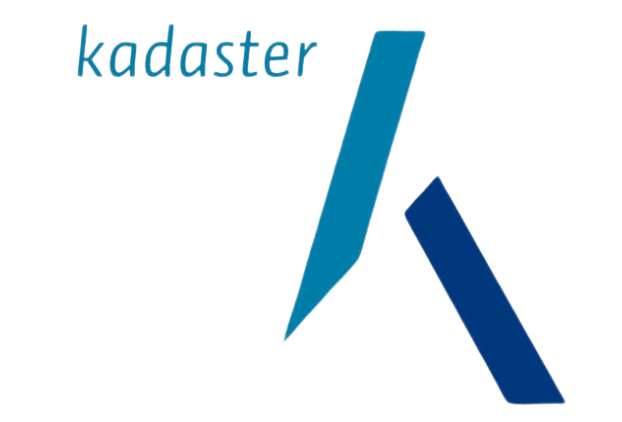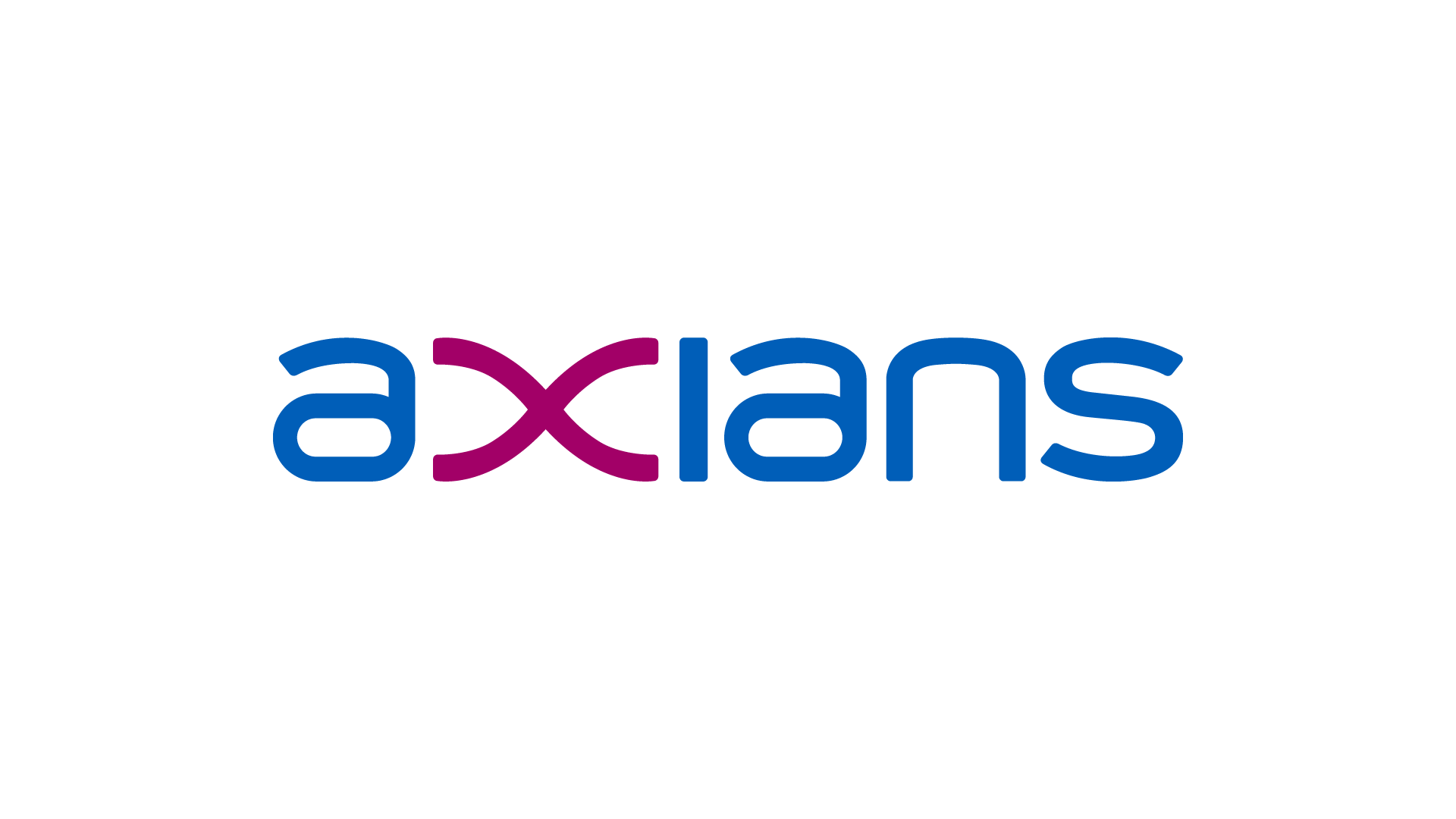Administering System Center Configuration Manager (SCCM)
- Intermediate
- 5 dagen
- Nederlands
Deze vijfdaagse training beschrijft hoe jij Configuration Manager en de betrokken sitesystemen kunt gebruiken om netwerkmiddelen efficiënt te beheren.

Deze vijfdaagse training beschrijft hoe jij Configuration Manager en de betrokken sitesystemen kunt gebruiken om netwerkmiddelen efficiënt te beheren.

Deze systeembeheertraining bestaat uit praktijkgerichte opdrachten, duidelijke theorie en professionele begeleiding. Zo zul je in staat zijn om de opgedane kennis en vaardigheden in praktijk te brengen.
Deze vijfdaagse training beschrijft hoe jij Configuration Manager en de betrokken sitesystemen kunt gebruiken om netwerkmiddelen efficiënt te beheren. In deze vijfdaagse training leer je hoe jij dagelijkse beheerstaken, inclusief het beheer van applicaties, gezondheid van clients, hardware en software inventory, operating system inzet, en software updates met gebruik van Configuration Manager. Je leert ook hoe je System Center Endpoint Connection optimaliseert, compliance beheert, en management queries en rapportages maakt.
Deze training is voor ervaren IT Professionals, typerend omschreven als Enterprise Desktop Administrators (EDA’s). Deze EDA’s deployen, beheren en onderhouden PC’s, devices en applicaties binnen medium, grote en enterprise organisaties. Een belangrijk deel van dit gehoor gebruikt, of wil gebruiken, de laatste editie van Configuration Manager om PC’s, devices en applicaties te beheren en in te zetten.
Na afloop van deze training zijn cursisten tot het volgende in staat:
Module 1: Managing computers and mobile devices in the enterprise
This module describes the features of Configuration Manager that you can use to perform complex management tasks, including the following tasks; Hardware and software inventory, Application management, Operating system deployment, Settings management, Software update management, Remote client troubleshooting, and Protection from malware.
Microsoft System Center Configuration Manager (Configuration Manager) provides various features that can help you manage devices and users both on-premises and in the cloud. Organizations that use Configuration Manager find that they can provide more effective IT services in relation to software deployment, settings management, and asset management.
This module introduces you to the primary features, architecture, and management tools used with Configuration Manager. This module also provides a foundation that relates to all other features and management tasks discussed in the modules that follow this one.
Lessons:
Lab: Exploring the Configuration Manager tools
After completing this module, students will be able to:
Module 2: Analyzing data using queries, reports, and CMPivot
The Microsoft System Center Configuration Manager database stores a large amount of data about the resources in your environment. You might not always want to perform all management tasks on all resources simultaneously. Therefore, to help you locate devices or user objects in your environment that meet specific criteria, you can create queries. You then can use these queries to create collections or to find additional information about specific resources. This module describes queries and methods of creating and running them.
In addition to queries, you can run reports to view various types of information related to your Configuration Manager environment. To run Configuration Manager reports, you must install and configure a reporting services point, which this module details.
This module also covers CMPivot, which allows you to collect and view real-time data on all the connected devices in your environment. It will enable you to make real-time decisions.
Lessons:
Lab: Creating and running queries
Lab: Configuring SSRS
Lab: Analyzing the real-time state of a device by using CMPivot
After completing this module, students will be able to:
Module 3: Preparing the Configuration Manager management infrastructure
You can manage computer and user resources within a Microsoft System Center Configuration Manager (Configuration Manager) environment only when Configuration Manager has discovered these resources and assigned them to a site.
In this module, you will learn about boundaries and boundary groups that help create logical network locations containing computer devices that you need to manage in your Configuration Manager infrastructure. You can use these boundary configurations for automatic site assignment and to help clients find content and services from associated site systems. You will also learn about the discovery processes that you can use to identify computers, users, and the network infrastructure within your network environment.
You will then learn about collections that support logical groupings of resources. You use these groupings for management tasks, such as targeting software updates, managing application deployments, or deploying compliance settings to resources.
Lessons:
Lab: Configuring boundaries and resource discovery
Lab: Configuring user and device collections
After completing this module, students will be able to:
Module 4: Deploying and managing the Configuration Manager client
You can install the Microsoft System Center Configuration Manager (Configuration Manager) client software on windows-based devices such as servers, workstations, and laptops. You then can manage these devices and perform operations such as reporting hardware and software inventory information, installing and updating software, and configuring settings required for compliance.
Configuration Manager provides several options for installing the client software. This module explains the supported operating systems and devices, software requirements, and different methods for installing the client software. This module also describes some of the default and custom client settings that you can configure. After installing the client software, you can configure client settings and control how the various client components interact between the managed device and the Configuration Manager environment.
Lessons:
Lab: Deploying the Microsoft System Center Configuration Manager client software
Lab: Configuring and monitoring client status
Lab: Managing client settings
After completing this module, students will be able to:
Module 5: Managing inventory for PCs and applications
This module provides an overview of inventory collection, and explains how you can manage the information collected. You also will learn about the process of collecting hardware and software inventory, initiating inventory cycles, and initiating and securing inventory collection. This module also covers the use of software metering to monitor program usage, and the configuration and management of Asset Intelligence.
Lessons:
Lab: Configuring and managing inventory collection
Lab: Configuring software metering
Lab: Configuring and managing Asset Intelligence
After completing this module, students will be able to:
Module 6: Distributing and managing content used for deployments
Microsoft System Center Configuration Manager (Configuration Manager) clients obtain content, such as packages, applications, software updates, and even operating system images, from a content infrastructure made up of distribution points and peer cache sources. In this module, you will review the content distribution and management features, configure distribution points, and learn how to distribute and monitor content. You also will perform content validation and content prestaging.
Lessons:
Lab: Distributing and managing content for deployments
After completing this module, students will be able to:
Module 7: Deploying and managing applications
In this module, you will learn about the methods for creating, deploying, and managing applications with Configuration Manager. You also will learn to use the Software Center and the Application Catalog to install available applications. You will learn about managing deployments on unconventional applications. In addition, you will learn to install Windows 10 apps and virtualized applications.
Lessons:
Lab: Creating and deploying applications
Lab: Managing application supersedence and removal
Lab: Deploying virtual applications by using Configuration Manager (Optional)
Lab: Using Configuration Manager to deploy Windows Store apps
After completing this module, students will be able to:
Module 8: Maintaining software updates for managed PCs
This module explains how to use the software updates feature in Configuration Manager to implement an end-to-end management process for the complex task of identifying, deploying, and monitoring Microsoft and third-party software updates to your Configuration Manager clients.
Lessons:
Lab: Configuring the site for software updates
Lab: Deploying and managing software updates
After completing this module, students will be able to:
Module 9: Implementing Endpoint Protection for managed PCs
This module explains how to use the security-related features provided by Configuration Manager to help protect client computers from malware threats, and to configure specific Windows Defender Firewall settings for clients. Based on System Center Endpoint Protection (Endpoint Protection) functionality, Endpoint Protection in Configuration Manager supports the deployment, management, and monitoring of antimalware policies, Windows Defender Firewall settings, Windows Defender Application Guard policies, Windows Defender Exploit Guard policies, and Windows Defender Application Control policies on client computers.
Lessons:
Lab: Implementing Microsoft System Center Endpoint Protection
Lab: Implementing advanced threat policies
After completing this module, students will be able to:
Module 10: Managing compliance and secure data access
Many enterprise organizations require systems, such as servers, laptops, desktop computers, and mobile devices, to meet specific configuration and compliance requirements. Compliance settings in Configuration Manager can play a key role in identifying existing configurations, discovering systems that have adverse configuration changes, and remediating these settings automatically when necessary.
Compliance settings also can help control how users manage and access data in the enterprise network environment. For computers that run Windows 8 and newer operating systems, you can manage data using folder redirection, offline files, and roaming profiles. You also can control access to data using remote connection profiles, virtual private network (VPN) profiles, Wi-Fi profiles, and certificate profiles.
This module describes the compliance settings that you can manage using Configuration Manager. You will learn to use these settings to maintain configuration requirements and to provide secure data access to enterprise resources.
Lessons:
Lab: Managing compliance settings
After completing this module, students will be able to:
Module 11: Managing operating system deployment
This module explains how to use the operating system deployment feature in Configuration Manager to create operating system images that you can deploy to unmanaged computers and those managed by Configuration Manager.
There are several scenarios in which you can deploy operating systems by using Configuration Manager, including when you are working with new systems or when you are upgrading existing ones. Operating system deployment uses both Configuration Manager and Windows components to manage and deliver operating system images. You can configure settings on a reference computer prior to capturing an image of its operating system or by using task sequences that Configuration Manager creates after you deploy the image to a target system.
This module also explains how to use Configuration Manager to create a strategy for operating-system deployments. And also, it explains and how to manage Windows as a service.
This module explains how to manage Windows as a service.
Lessons:
Lab: Preparing the site for operating -system deployment
Lab: Deploying operating -system images for bare-metal installations
After completing this module, students will be able to:
Module 12: Managing and maintaining a Configuration Manager site
This module describes role-based administration, Remote Tools, and the site maintenance tasks that you can manage by using Configuration Manager. This module also describes how to back up and recover a Configuration Manager site system and use the recommendation(s) from Management Insights to simplify administration.
Lessons:
Lab: Configuring role-based administration
Lab: Configuring Remote Tools
Lab: Maintaining a Configuration Manager site
After completing this module, students will be able to:
Beschikbare opties voor de SCCM training
€ 2545 excl. BTW
Prijs op maat
Start gegarandeerd
Trainingen met ‘start gegarandeerd’ gaan altijd door op de geplande datum.
Momenteel geen startgarantie?
Neem contact met ons op
Hieronder is een overzicht te vinden van trainingsmogelijkheden voor de Administering System Center Configuration Manager (SCCM) training, met zowel klassikale als virtuele trainingen. Selecteer de best passende optie en start jouw reis naar succes. Trainingen met ‘Start gegarandeerd’ gaan altijd 100% door.










Je merkt aan alles dat Startel geen statisch bedrijf is
De manier waarop Startel opleidt, geeft veel vertrouwen.
Door onze samenwerking met Startel kunnen we onze mensen helpen om continu te groeien.
Startel heeft altijd een passend aanbod op onze vraag.
Startel bood me de springplank naar een nieuwe carrière.




Je leert hoe je SCCM installeert, configureert, implementeert en beheert voor het beheren van apparaten en software in een organisatie.
Ja, praktijklabs zijn een essentieel onderdeel van de training om hands-on ervaring op te doen.
Mogelijke functies zijn onder andere SCCM Beheerder, IT Infrastructuur Beheerder, en Netwerk Beheerder.
Ja, de Microsoft certificeringen worden wereldwijd erkend en gewaardeerd.
Vul hieronder jouw gegevens in, zodat wij telefonisch contact met je kunnen opnemen.

Vul hier al je gegevens in waarvoor je een offerte wilt ontvangen.
"*" geeft vereiste velden aan
Kom je er niet uit?
Laat ons je helpen!

"*" geeft vereiste velden aan
Kom je er niet uit?
Laat ons je helpen!
